
Unique in Africa and remarkable for its magnitude, the solution of irrigating golf courses with treated wastewater from the Marrakech treatment plant is a model of sustainable development.
The real estate frenzy that gripped Marrakech in the mid-2000s, in just five years added 17 new golf course projects to the three existing golf courses, which could thus increase the total number to twenty!
Golf courses have the well-founded reputation of being thirsty. An 18-hole upscale course, which is the case for all courses in Marrakech, on average irrigates half of its surface area, about 30 ha of 65 ha, and even up to 150 ha for a 27-hole luxury course. Given the sunshine and evaporation in the region, consumption is estimated at one million cubic meters per year! Twenty golf courses are equivalent to twenty million cubic meters per year.
Anxious to preserve groundwater, the authorities reacted and anticipated. The impetus came from above when King Mohammed VI requested that the problem be specifically dealt with. RADEEMA, the local water supply authority, seized the opportunity to build the proposed sewage treatment plant in the master plan and is now being launched to integrate this new concern.
That plant had become a necessity. The sewage of the city population of over one million people was fully discharged into four discharge points in the Tensift river and its tributary, the Yssil river. It drained into the ocean 150 km away during the flooding of its dry riverbed, during very rare rainy days. Suffice to say that this effluent took its time on the path to the sea. In the 800 acres of Oulja, the western part of the Marrakech palm grove, the untreated sewage was applied to local market produce and the local population passively tolerated its health hazard, less visible than the golf course greens.
The master plan initially provided for primary and secondary treatment of 60 million cubic meters of wastewater from the city, at a 60% reduction of the pollution before its discharge back into the Tensift river. Tertiary treatment, up to 90% pollution abatement, has been added to treat 33 million cubic meters and make the water suitable for irrigating green spaces. To transport this water to the twenty existing or developing golf courses, it was necessary to build a penstock pipe 85 km long, at an investment of 486 million dirhams.
If the national office has assumed a portion of the investment, developers were invited to participate by contributing 30 million dirhams each. All have agreed to it, because they had no choice as the municipality authorized such projects provided that a participation fee was paid towards the station. They also participated because the solution is economically attractive. For example, a 27-hole golf course on the edge of the Tensift river that has been in place for twenty years had been diluting brackish water from its wells with city water purchased at full price. RADEEMA’s sales price of treated water now makes it an interesting solution.
The system has been operational since 2013 and the first golf courses have now been connected to the pipe and irrigate their greens and fairways with treated wastewater. The others are still under construction. Of the 33 million cubic meters of total capacity, 5 to 6 million cubic meters are used, less than one million cubic meters per course.
This is primarily because the courses have made progress in water use, using plants best suited to the climate of Marrakech, in particular succulents, sober trees with deep roots and drip irrigation instead of the traditional English grass. The million m3 used as the basis of average consumption proved an overestimate.
More than environmental problems, economic problems incited the willingness of developers. The projects have slowed down, drawing out in length, and the golf courses are not yet forthcoming.
The pressure on aquifers has not been alleviated, however. The water consumption of twenty golf courses with 20 million potential cubic meters per year, consume relatively little compared to the 1.6 billion cubic meters that the entire region consumes, including agriculture. However, it is nonetheless a significant incremental improvement.

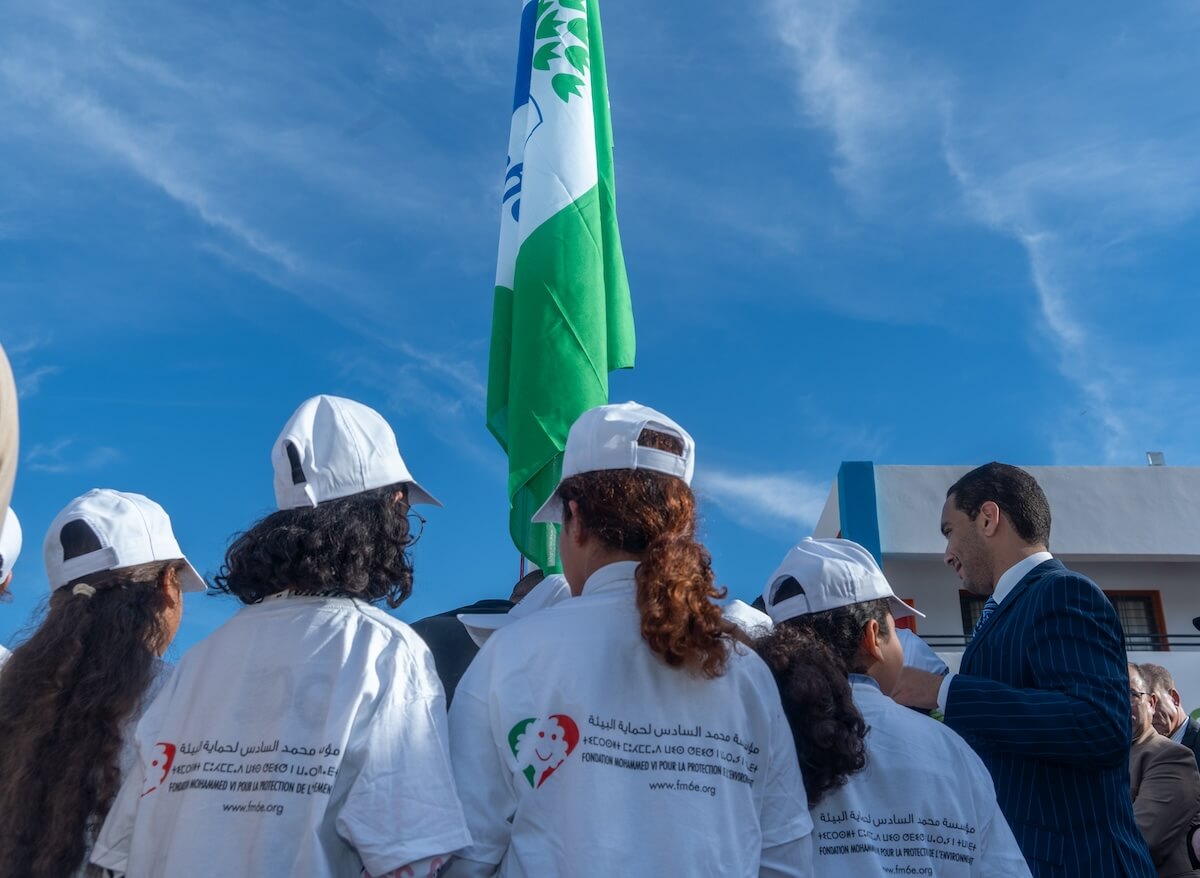
Acquisition of the Green Flag by 89 schools for the academic year 2022/2023: A new record in the Eco-Schools program!
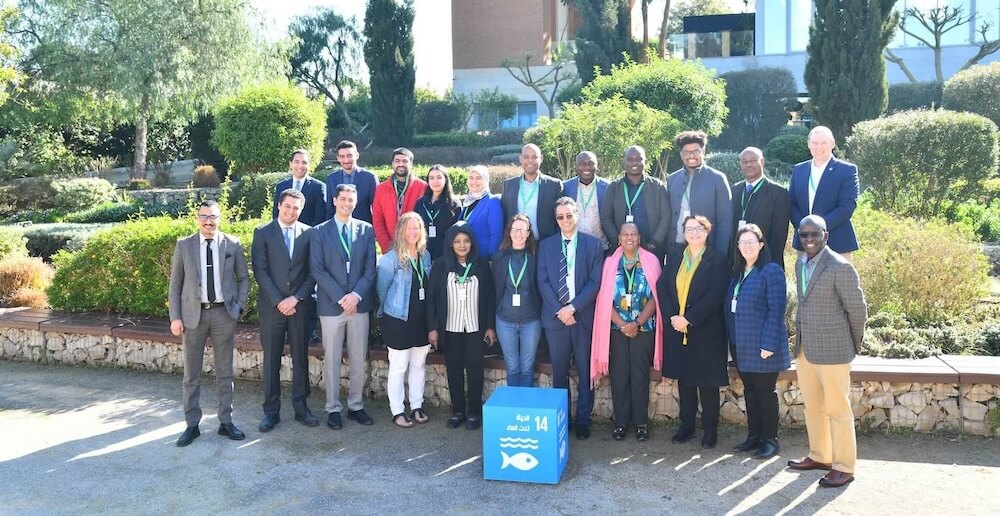
The Mohammed VI Foundation for Environmental Protection hosts the 2nd day of the African Ocean Decade Taskforce Meeting
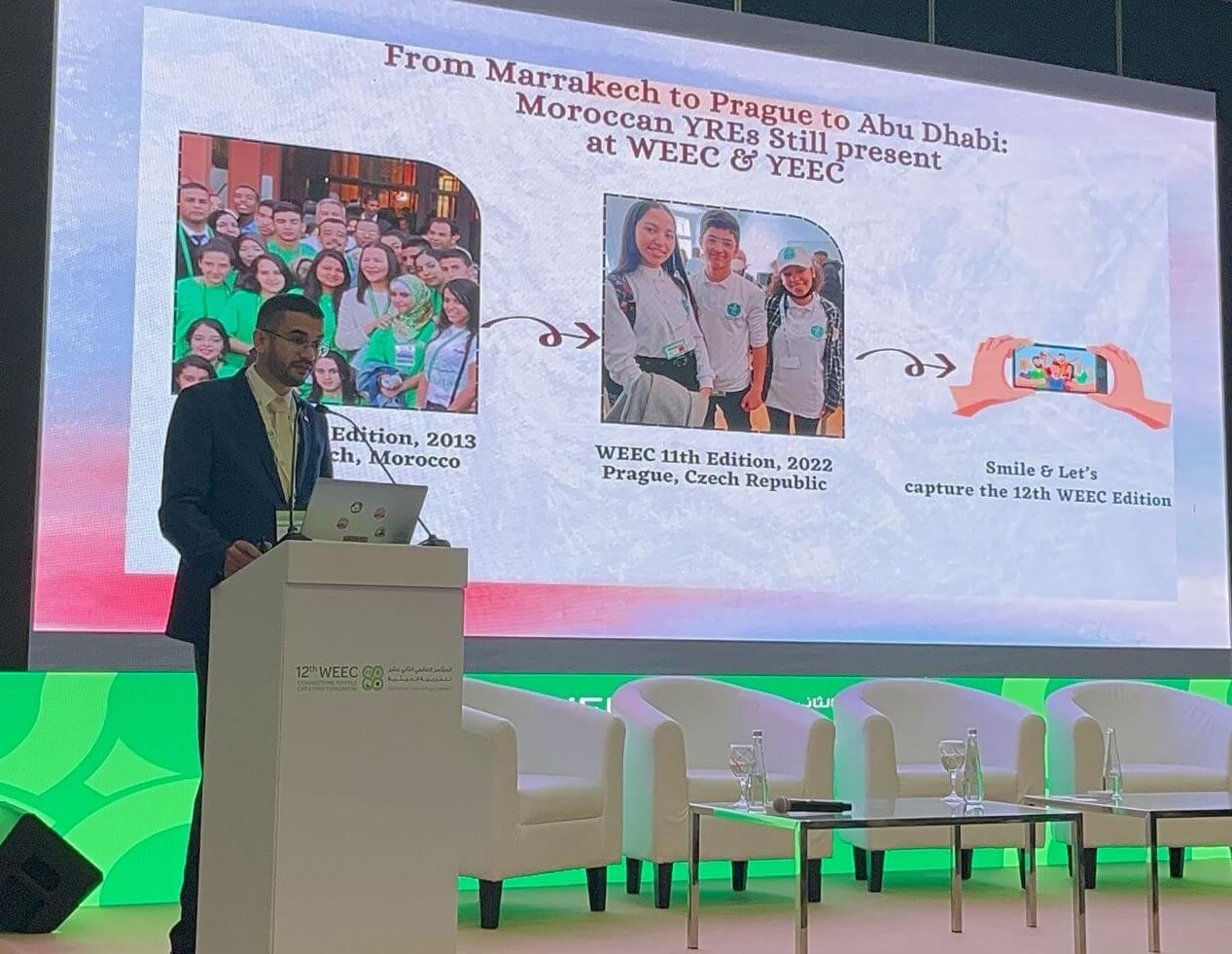
The Mohammed VI Foundation for Environmental Protection at the 12th WEEC, in Abu Dhabi
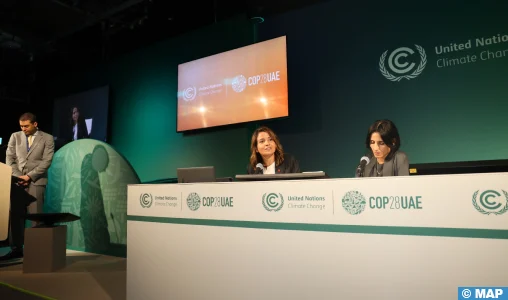
Side event at COP28 : Tracking Africa’s Climate Journey: Successes and Opportunities
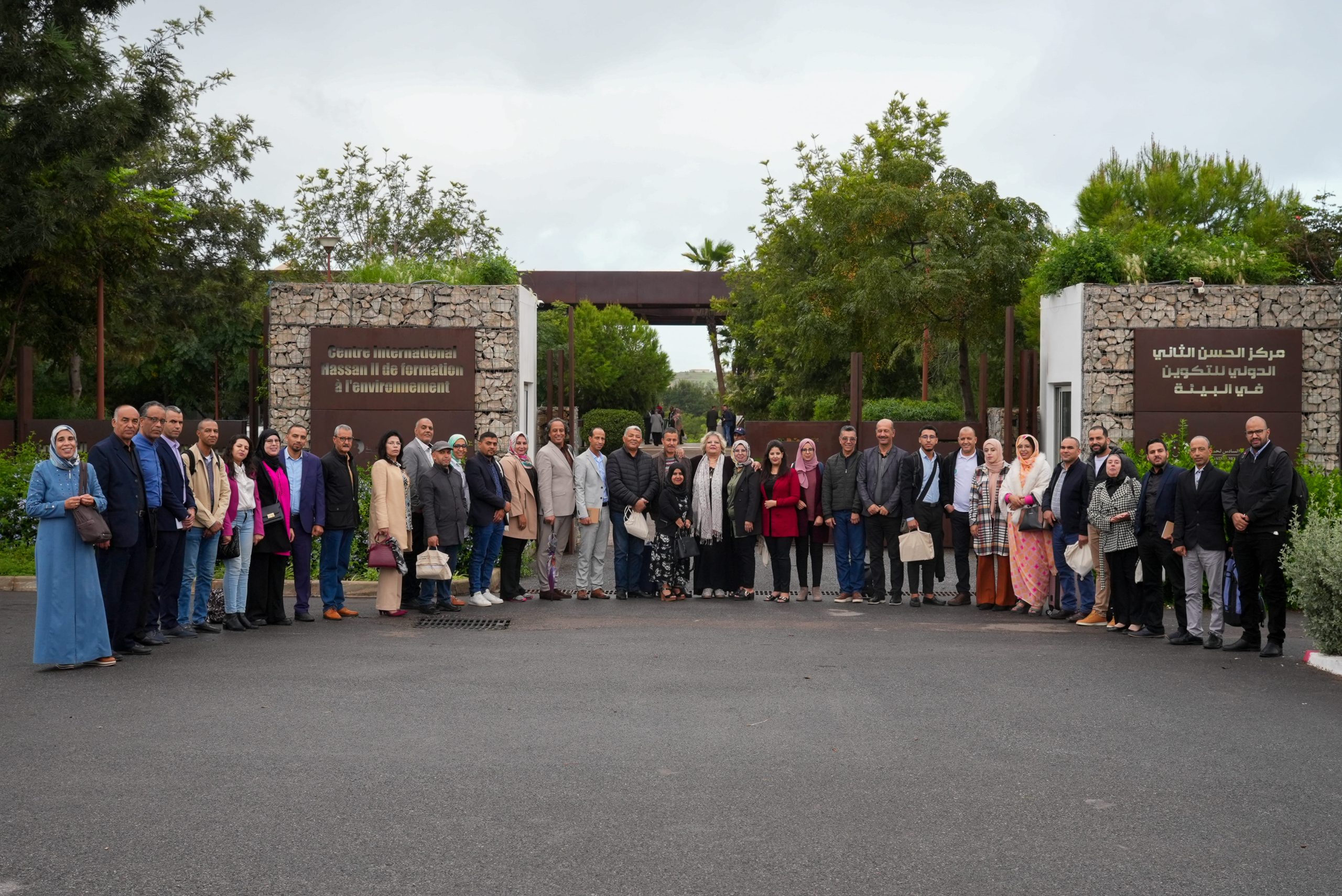
National Training Workshop for 94 Sustainable Development Education Coordinators:
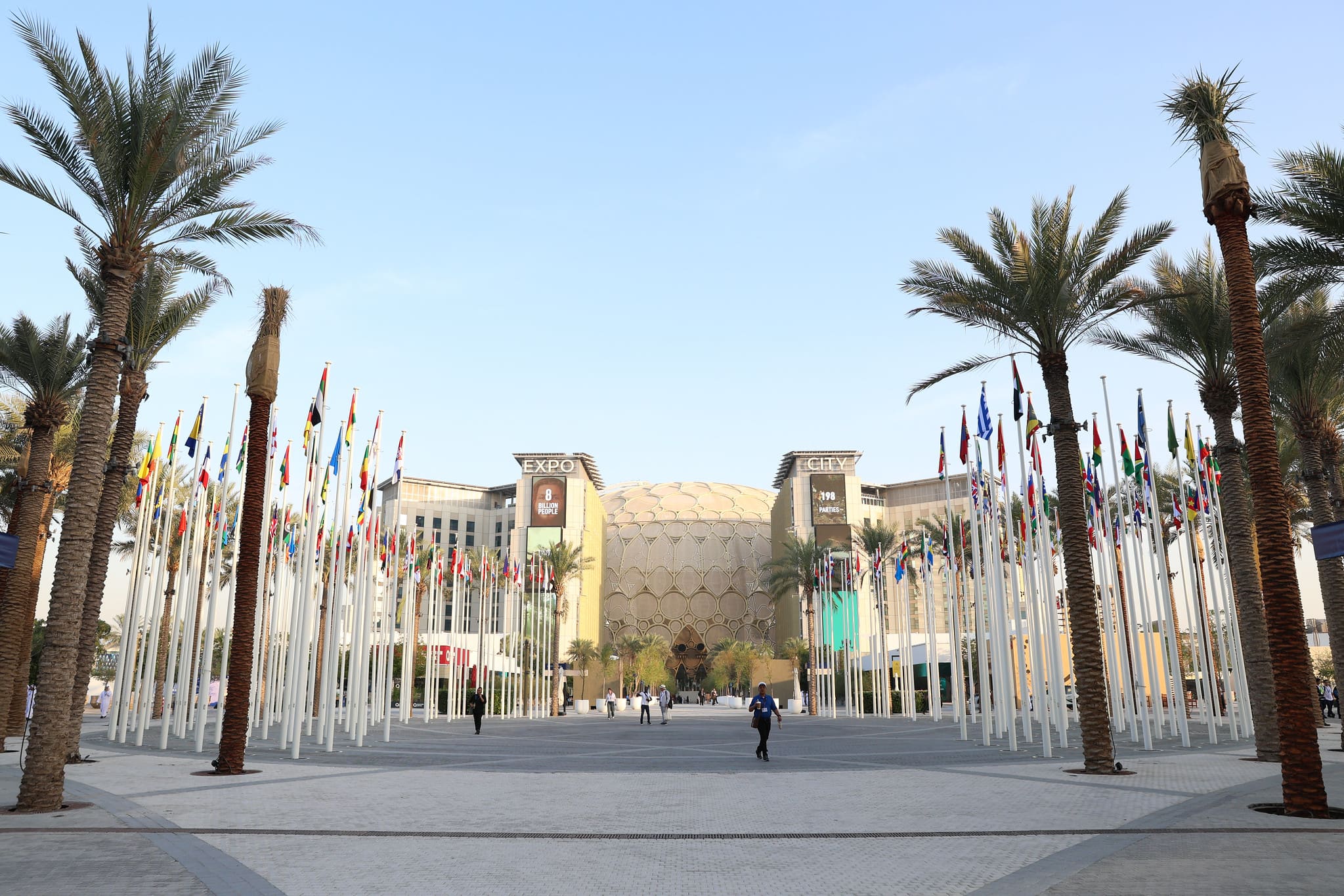
The Mohammed VI Foundation for Environmental Protection takes active part in COP28 in Dubai

Interview with Young Reporters for the Environment with Mrs. Leila BENALI, Minister of Energy Transition and Sustainable Development of Morocco
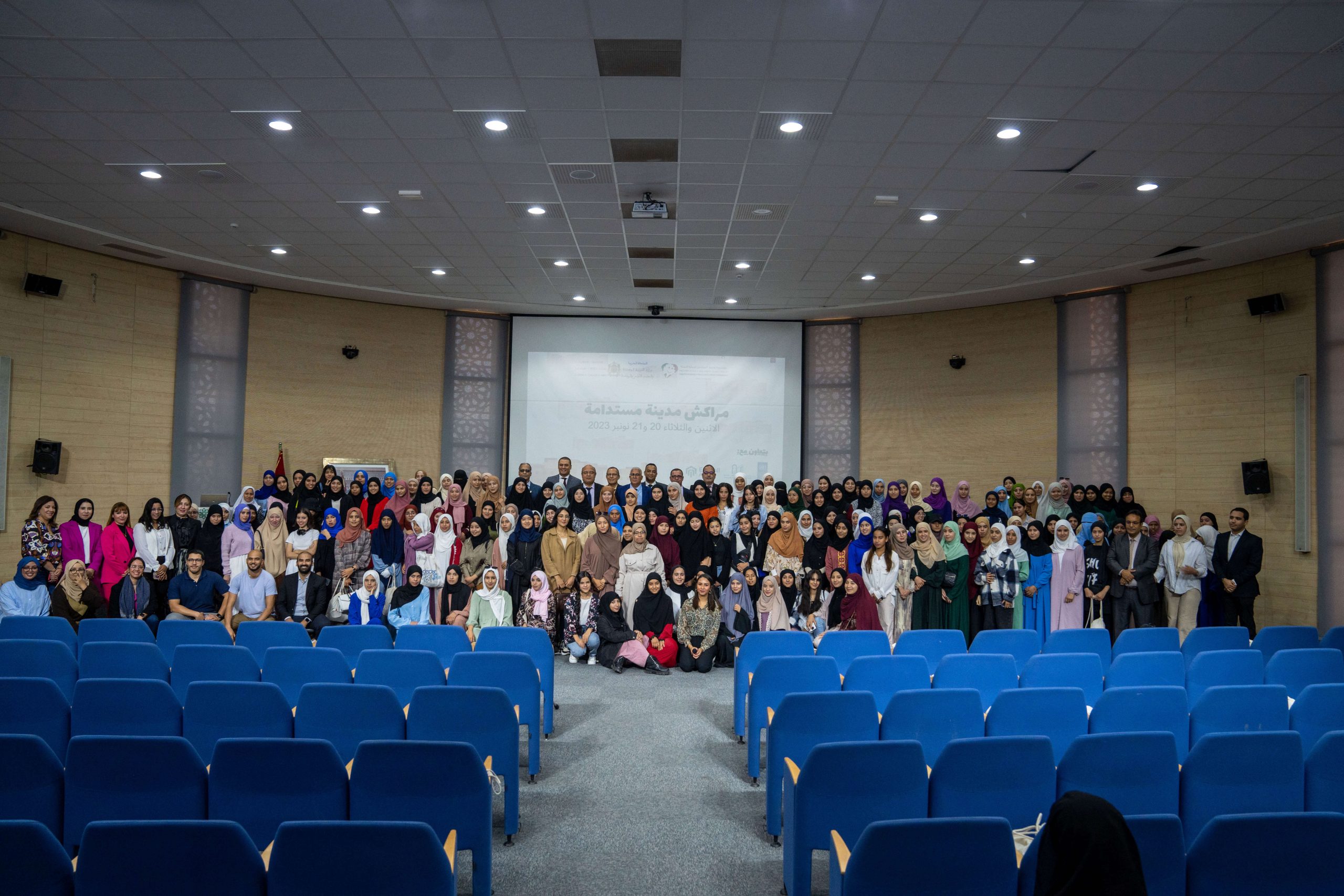
Marrakech Sustainable City: An initiative for 650 of the youth affected by the earthquake




